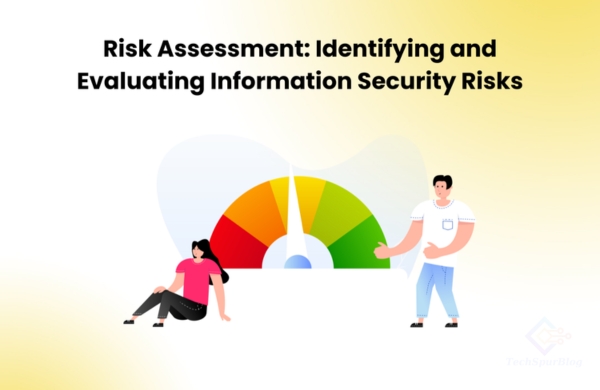
Risk assessment is a fundamental process in information security management that involves identifying, analyzing, and evaluating potential risks to an organisation’s information assets. In the context of ISO 27001, risk assessment plays a crucial role in establishing an effective information security management system (ISMS) by helping organisations identify areas of vulnerability and prioritise their efforts to mitigate risks.
In this article, we will delve into the key concepts of risk assessment, its importance in ISO 27001, and how organisations can conduct effective risk assessments to enhance their security posture. This knowledge is vital for individuals seeking ISO 27001 Courses and organisations aiming to implement ISO 27001 effectively, as well as those looking to develop a ISO 27001 Checklist for their organization.
Understanding Risk Assessment in ISO 27001
An organization’s information assets are subject to hazards identified, analyzed, and evaluated systematically as part of the ISO 27001 risk assessment process. Through this method, organisations may evaluate the possibility that risks will materialize, comprehend the possible effects on their operations, and rank the severity of risk exposure to determine how to respond most quickly.
Organisations may identify areas where controls are required to manage risks and create a plan for successfully implementing these controls by carrying out a comprehensive risk assessment.
The Importance of Risk Assessment in ISO 27001
A fundamental component of ISO 27001, risk assessment is the framework for the complete information security management procedure. Organisations that carry out thorough risk assessments can:
Identify vulnerabilities and threats: Risk assessment helps organisations identify potential vulnerabilities and threats that could compromise the confidentiality, integrity, and availability of their information assets.
Prioritise risks: By assessing the likelihood and impact of risks, organisations can prioritise their efforts to address the most critical risks first, allocating resources where they are most needed.
Inform decision-making: Risk assessment provides valuable insights that can inform decision-making processes related to information security, such as selecting security controls and allocating resources.
Ensure compliance: ISO 27001 requires organisations to conduct regular risk assessments to ensure ongoing compliance with the standard’s requirements for information security management.
Also Read: Making A Business ISO 27001 Compliant
Key Steps in Conducting a Risk Assessment
Establishing the Context: Define the parameters and extent of the risk assessment, considering the resources that need to be safeguarded, the dangers they confront, and the possible consequences of security events.
Identifying Risks: Identify potential risks to the organisation’s information assets, considering internal and external factors that could pose a threat.
Analyzing Risks: Assess the likelihood and impact of each identified risk to determine its significance to the organization.
Evaluating Risks: Evaluate the level of risk posed by each identified risk, considering the organisation’s risk tolerance and the effectiveness of existing controls.
Treating Risks: Develop a risk treatment plan to address the identified risks, prioritizing actions based on the level of risk exposure.
Monitoring and Reviewing: Keep an eye out for emerging risks and ensure the organisation’s controls are still in place by regularly monitoring and reviewing its risk landscape.
Integrating Risk Assessment into the ISMS
An essential component of the ISMS, risk assessment serves as the basis for creating controls, policies, and procedures related to information security. Organizations can ensure that their information security procedures align with their risk profile and successfully reduce possible risks by incorporating risk assessment into the ISMS.
Conclusion
One essential procedure in ISO 27001 that aids organizations in identifying and assessing information security issues is risk assessment. Organizations may priorities their efforts to reduce possible hazards and get a clear picture of their risk environment by performing comprehensive risk assessments.
Understanding the concepts and procedures of risk assessment is beneficial for those pursuing ISO 27001 courses, as it serves as the cornerstone of efficient information security management. Organizations wishing to apply ISO 27001 and improve their security posture must create an ISO 27001 checklist incorporating risk assessment methods.

Leave a Reply